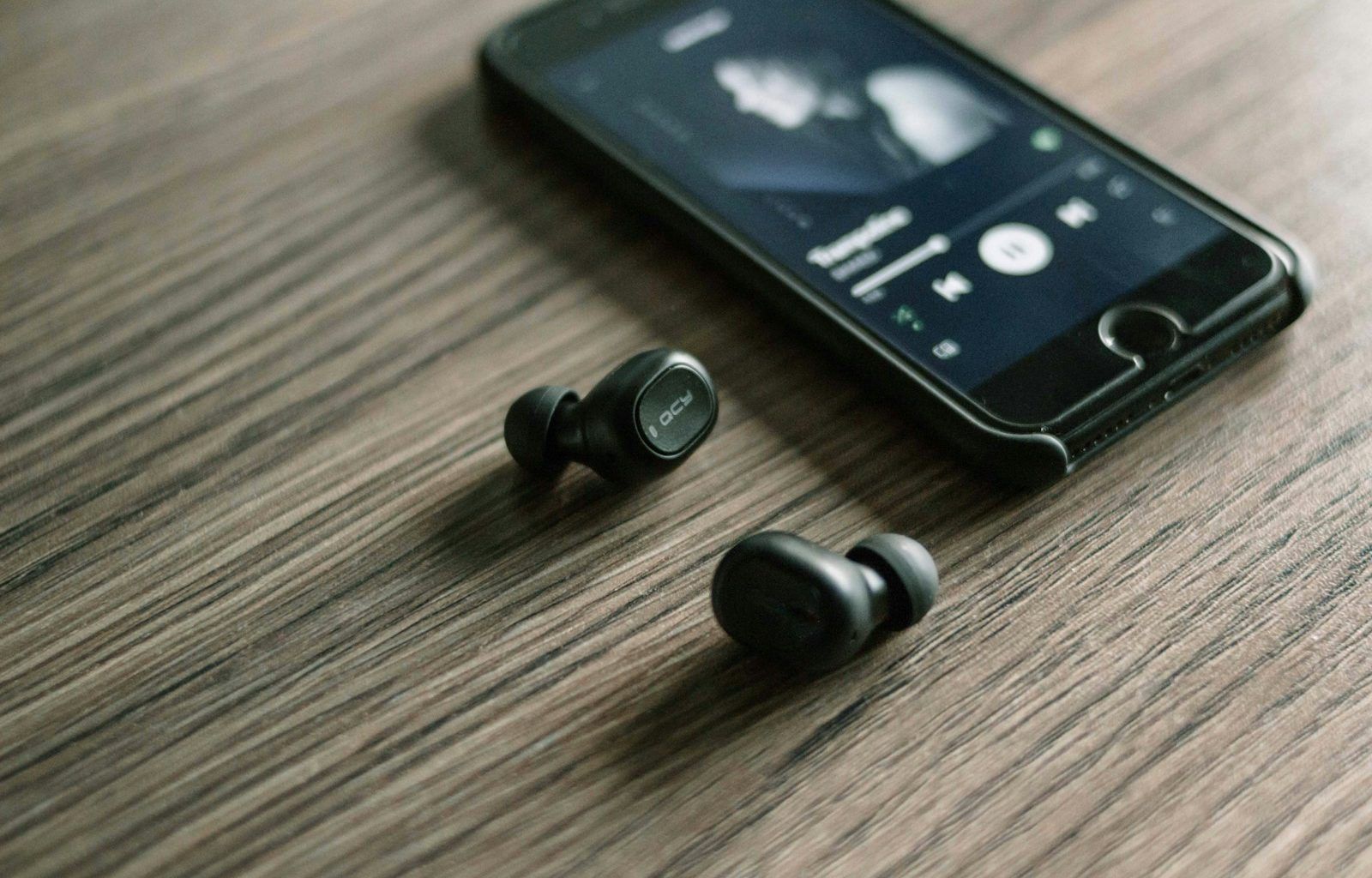Have you ever dreamed of sharing your music with the world? Thanks to platforms like Spotify, that dream is more achievable than ever. Whether you’re an aspiring artist or just someone who loves to create tunes, learning how to create music on Spotify can help you reach listeners globally. The process might sound technical, but don’t worry—I’ll break it down step by step. This guide will walk you through everything, from creating your music to uploading it on Spotify. Let’s get started!
1. Understand How Spotify Works
Before diving into the process, it’s important to know how Spotify works. Spotify is a music streaming platform that allows artists to upload and share their music with millions of users. However, you can’t upload music directly to Spotify by yourself. Instead, you need to use a music distributor or aggregator. These platforms act as the bridge between you and Spotify, ensuring your music meets all the necessary requirements.
Popular Spotify Distributors:
- DistroKid
- TuneCore
- CD Baby
- Amuse
These platforms make it easy to publish your music on Spotify and other streaming services.
2. Start with Creating Your Music
To put your music on Spotify, you need to create high-quality songs. Here are the basic steps:
A. Write Your Song
Every great track starts with a strong foundation. Write lyrics, create a melody, or both. If you’re not confident in songwriting, collaborate with others or use songwriting tools available online.
B. Record Your Music
Once your song is ready, you need to record it. Don’t worry—you don’t need a fancy studio to start. Many artists create amazing tracks from home. Here’s what you need:
- Microphone: A good quality mic can make all the difference.
- Audio Interface: Connect your microphone or instruments to your computer.
- Digital Audio Workstation (DAW): Software like FL Studio, GarageBand, or Ableton Live helps you record and edit music.
If you’re on a budget, many free DAWs can still produce professional-quality sound.
C. Mix and Master Your Track
Mixing and mastering are crucial for making your music sound polished. Mixing involves balancing the instruments and vocals, while mastering adds the final touches for a professional sound. If you’re not comfortable doing this yourself, you can hire an audio engineer or use online mastering tools like Landr.
3. Choose a Distributor to Upload Your Music
As mentioned earlier, you need a distributor to upload your music to Spotify. Here’s how to pick the right one:
Factors to Consider:
- Cost: Some distributors charge a fee per song, while others take a percentage of your royalties.
- Additional Features: Look for tools like analytics, playlist pitching, and monetization.
- Delivery Time: How fast can they get your music on Spotify?
Steps to Upload Your Music:
- Create an account with your chosen distributor.
- Upload your song files (typically in WAV or MP3 format).
- Add details like the title, artist name, and album artwork.
- Select the platforms you want to distribute to (make sure Spotify is selected).
- Review and submit your music.
Distributors handle the rest, ensuring your music reaches Spotify’s library.
4. Optimize Your Spotify Profile
Your artist profile on Spotify is like your music business card. Optimizing it will help you stand out and attract listeners.
A. Claim Your Artist Profile
To get started, visit Spotify for Artists and claim your profile. This tool lets you customize your page, monitor your stats, and promote your music.
B. Add a Professional Bio and Images
- Profile Picture: Use a clear and high-quality photo.
- Bio: Write an engaging bio that tells your story and connects with listeners.
- Links: Add links to your social media or website.
C. Use Spotify Canvas
Spotify Canvas lets you upload short looping videos that play alongside your tracks. It’s a great way to make your music visually appealing.
5. Promote Your Music on Spotify
Creating music is only half the journey; promoting it is just as important. Without promotion, even the best songs might go unnoticed.
Platforms like Instagram, TikTok, and Twitter are perfect for sharing your songs. Post snippets of your tracks, behind-the-scenes videos, or even live performances.
B. Get Featured on Playlists
Spotify playlists are one of the best ways to grow your audience. Here’s how you can get on them:
- Submit your music to Spotify Editorial Playlists through Spotify for Artists.
- Reach out to independent playlist curators.
- Promote your song to fans and encourage them to add it to their own playlists.
C. Collaborate with Other Artists
Collaboration can help you reach new audiences. Work with other musicians, producers, or vocalists who complement your style.
6. Track Your Success
Once your music is live, it’s time to monitor your progress. Spotify for Artists provides detailed analytics, including:
- Number of streams
- Listener demographics (age, location, etc.)
- Playlists featuring your songs
These insights help you understand your audience better and improve your future releases.
7. Consistency is Key
Success on Spotify doesn’t happen overnight. To build a loyal fanbase, you need to be consistent:
- Release new music regularly.
- Engage with your listeners on social media.
- Keep improving your sound and style.
Remember, every big artist started small. Your journey to creating music on Spotify is just the beginning of something amazing.
Conclusion
Now that you know how to create music on Spotify, it’s time to take action. Start writing, recording, and sharing your songs. With the right tools, consistency, and a passion for music, you can reach listeners worldwide. Don’t let fear or doubt hold you back—the world is waiting to hear your sound.
For further reading, explore these related articles:
For additional resources on music marketing and distribution, visit DMT Records Private Limited.






